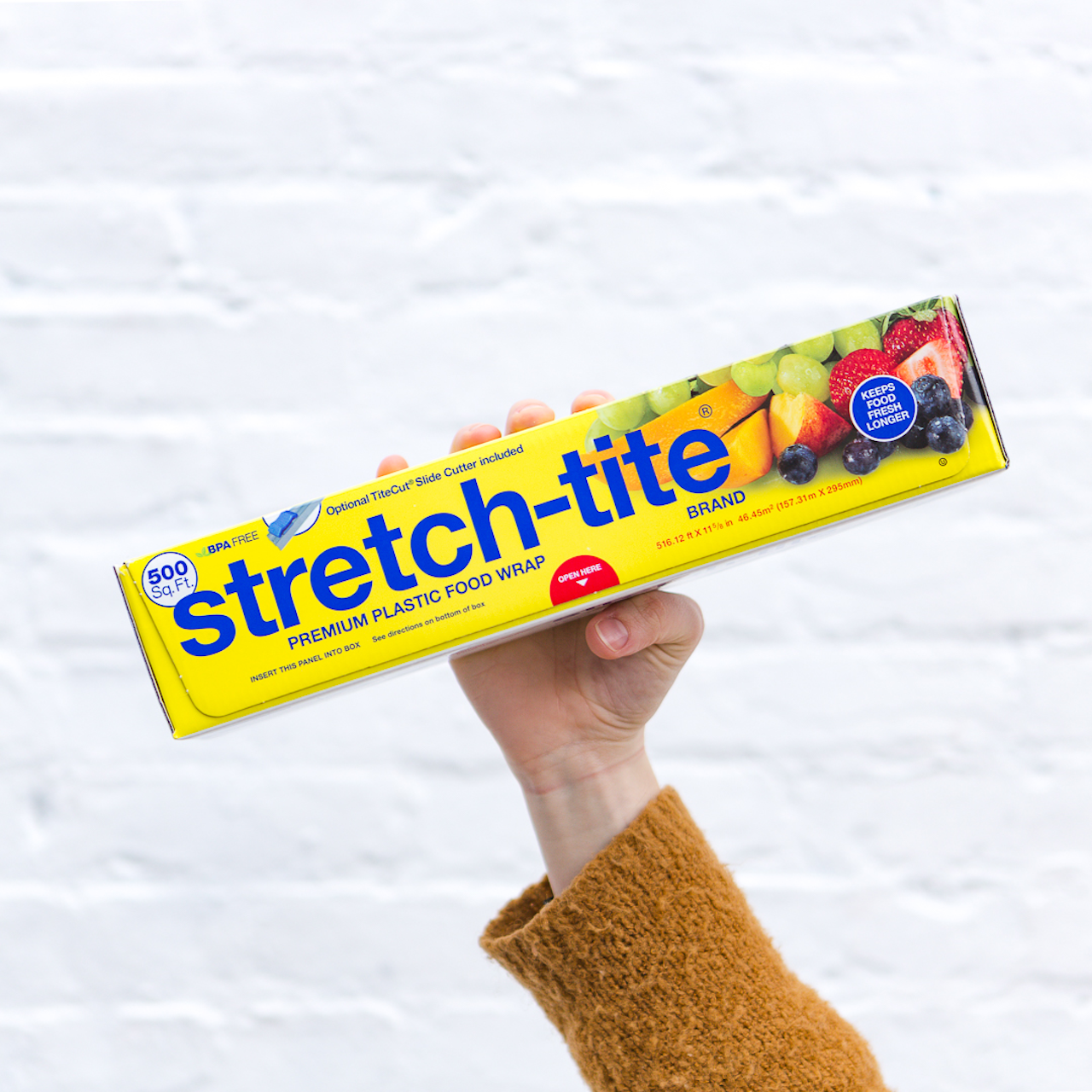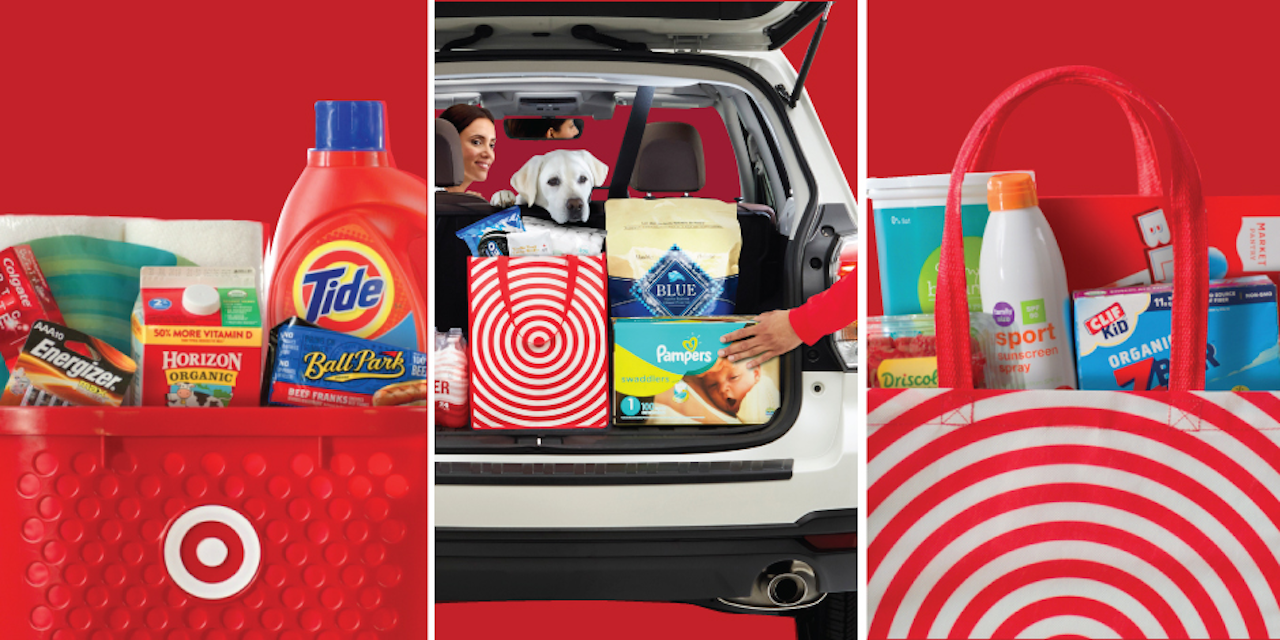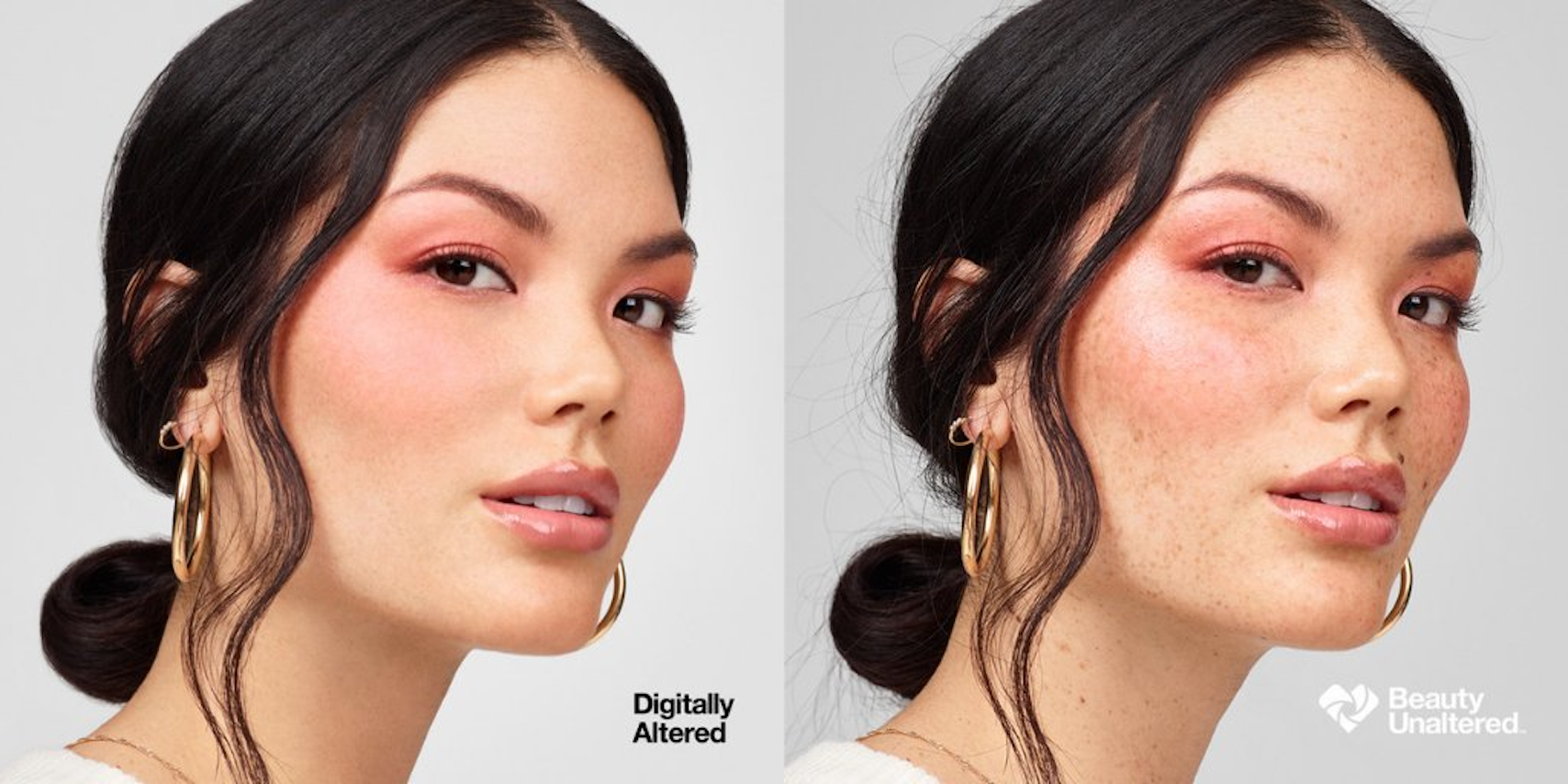Keeping it real: How brands can rethink the art of authenticity
Cracking the code for authentic advertising. We’re sharing tips and which brands we think are keeping it real.
For the past decade or so, our industry has been obsessed with reflecting authenticity in brand communications. Making campaigns feel authentic and genuine when actually they’ve been carefully concepted, planned and executed can be very effective, especially with today’s consumer. However, with an ultra-focus on authenticity, many brand communications are starting to look the same. Ironic, we know.
True or False? Natural + real + everyday moments = authentic.
True. Showing natural, real, everyday people in natural, real, everyday moments is one way to show authenticity. But it isn’t the only way. To be authentic, a brand doesn’t need to be natural. They need to be themselves. They need to embrace their identity. That’s the true definition of authenticity.
Is it possible to relate to everyday people without featuring everyday people?

Yes, here’s a tip…know your everyday people. Not every brand is the same, and not every consumer is the same. When we started partnering with Stretch-Tite, we got to know who they were and most importantly, what their customers think they’re all about. We helped define what fans of the brand wanted to see from them on social. It wasn’t glamourized food porn, which is what you might expect to see from a company whose product is directly linked to food. Stretch-Tite customers wrap leftovers from parties, holiday meals, and everyday dinners… so the brand's feed reflects that. You may not find real, everyday scenes with real, everyday people—like Thanksgiving dinner dishes stacked a mile high or overtired parents covering the nearly full plates of their little picky eaters. Instead you’ll find artfully composed images of real, relatable food…surely worthy of a double tap.
Can a brand be real and fake all at the same time?

We say yes…take Target for example. They’ve had one of the least natural-looking campaigns for years with highly stylized sets, perfectly pressed models existing in a perfectly symmetrical world. Nothing about their “Run and Done” campaign looks natural. And yet, it is beautifully and authentically Target. It’s true to who they are, and what their style is. They weave in relatable, everyday moments—from running out of milk to surprise stop-ins from in-laws. They just do it in a way that happens to be over-saturated and saccharine. That doesn’t make it any less authentic.
So, brands shouldn’t try going all-natural?

No, for some brands, it is in their DNA and works for their identity. CVS Health, for example, has linked the idea of natural with authenticity effortlessly in their new Beauty Mark campaign, and it really works. In this case, the company chose to equate unretouched beauty photography with authenticity, and consumers are loving it. We’re simply saying natural isn’t the only way to convey authenticity.
So, how can brands master the art of authenticity?
Don’t try to be natural. Try to be you. That’s authentic.


